Exciting research material on the biodiversity of the Great Island of Lake Zarasai
- nerijus zableckis
- Jan 24, 2022
- 4 min read

2020 In the autumn and spring of this year and at the beginning of the summer, the experts of the SE Wetlands Restoration and Protection Fund carried out research on the biodiversity of the Antalieptė, Antazavė, Kamariškės and Stelmužė manor parks and the Great Island of Lake Zarasai (or the old Zarasai manor). The purpose of these studies is to provide suggestions for the owners and responsible organizations managing and restoring historic parks to preserve biodiversity.
The works are carried out with the funds of the international project “Improvement of ecological conditions of water bodies in Latvia and Lithuania” LLI-476 Save Past for the Future (LLI-476 Save the Past for the Future). The project is funded in Lithuania in 2014–2020. Interreg V-A Latvian-Lithuanian Cross-Border Cooperation Program and the Republic of Lithuania.
The diversity of the living world of the Great Island of Lake Zarasas is pleasing in terms of biodiversity, although the area has become a very popular destination in recent decades, with many events and activities for recreational enthusiasts, fishermen and recreational families. On the 44-hectare island, visitors are delighted by a forest with old trees, colorful meadows and even wetlands, and growing single mature trees that have become a complex living ecosystem rather than a single individual.
On the Great Island of Lake Zarasas, the forest habitats are dominated by natural and planted pine, oak, black alder and birch stands aged 60–140. The northern shore of the island is surrounded by a strip of moisture-loving black alder, scattered oak stands in the northern, eastern and south-eastern parts of the island, and in the central part there are single mature oak, sycamore and small-leaved lime trees. Although most trees are not in good condition, they are valuable in a natural sense - even dead trees, or plants in poor or satisfactory condition, are important as a valuable habitat for many other organisms. Trees, wooded, perennial or naturally mature trees provide shelter for many species of lichens, fungal mosses, insects and birds and are aesthetically and cognitively valuable. With proper care, they can serve more than one generation of biodiversity. As many as 7 trees were identified during the research, in which signs of the activity of rare and protected beetles - a dark-colored golden beetle (a species protected on the scale of Lithuania and the European Community) and an oak log (protected in Lithuania) were observed. The dark-colored golden beetle is an indicator umbrella species, so while protecting this beetle, we also protect other species associated with old tree groves.
To improve the condition of individual valuable trees, specialists suggest the use of management measures specifically selected for them: shortening the trunk by removing the damaged part and covering it with a roof, tying and / or pruning the crown (stabilizing the tree), protecting the trunk from beavers with a net fence to cut down the condition of the tree, leaving the dead wood in place for biodiversity, etc. Crown tying, pruning and trunk shortening work may only be entrusted to qualified arborists.
Meadow vegetation is also valuable for its botanical diversity. In the central part of the island, on both sides of the racecourse is the habitat of 6510 Haymaking Mesophytic Meadows with 6210 Fragments of Steppe Meadows. From mid-spring to the end of summer, they are rich in multicolored flowering plants, giving the meadows a different color aspect at different times. Unfortunately, for many years, shrubs and young trees have penetrated the unmowed and unpredictable part of the meadows, which can quickly obscure the blue gentian protected in our country, or the rare and circular sporangia - the single-leaved lizard and the common bellflower. orchids - habitats of Baltic cuckoos and egg dicotyledons. These areas need maintenance - shrub removal and further extensive (late) mowing of open spaces, which will help to restore and maintain the good condition of valuable meadow habitats.
The undisputed adornment of the island's biodiversity is a small swamp, which houses a small and mysterious world of an intermediate swamp and a high bog, A part of the swamp was destroyed in the 20th century. in the second half, when it was not only intended to drain it, but also to fill it with construction waste. Wetlands are extremely sensitive to unfriendly human "non-economic" activities. In order for the Great Island wetland of Lake Zarasas, which has reached our days, to survive, it is necessary to maintain a stable hydrological regime and ... allow it to live on its own.
Project "LLI-476 Save the Past for the Future"
2014-2020 Interreg V-A Latvian-Lithuanian cross-border co-operation program
The total value of the project is EUR 1,030,848.12,
of which - co-financing of the European Regional Development Fund - EUR 876,220.89.
The aim of the project is to increase the capacity of organizations involved in the restoration and maintenance of historic parks in the regions of North-Eastern Lithuania and Latgale through modern and comprehensive land management provisions combining historical, natural and biodiversity values and aspects of the rural landscape.
This article has been produced with the financial assistance of the European Union.
The State Agency for the Restoration and Protection of Wetlands is responsible for the content.
The contents of this article do not necessarily reflect the official position of the European Union.
Program website www.latlit.eu.
EU website www.europa.eu.
📷 Photos by Žydrūnas Sinkevičius and Jūratė Sendžikaitė






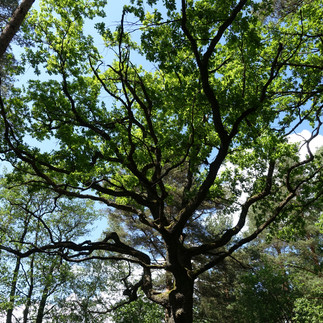
























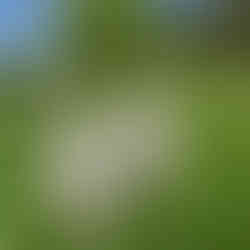

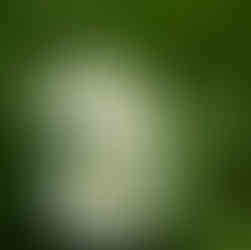











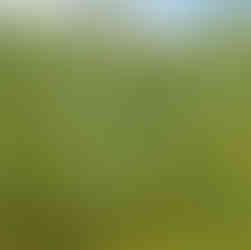



















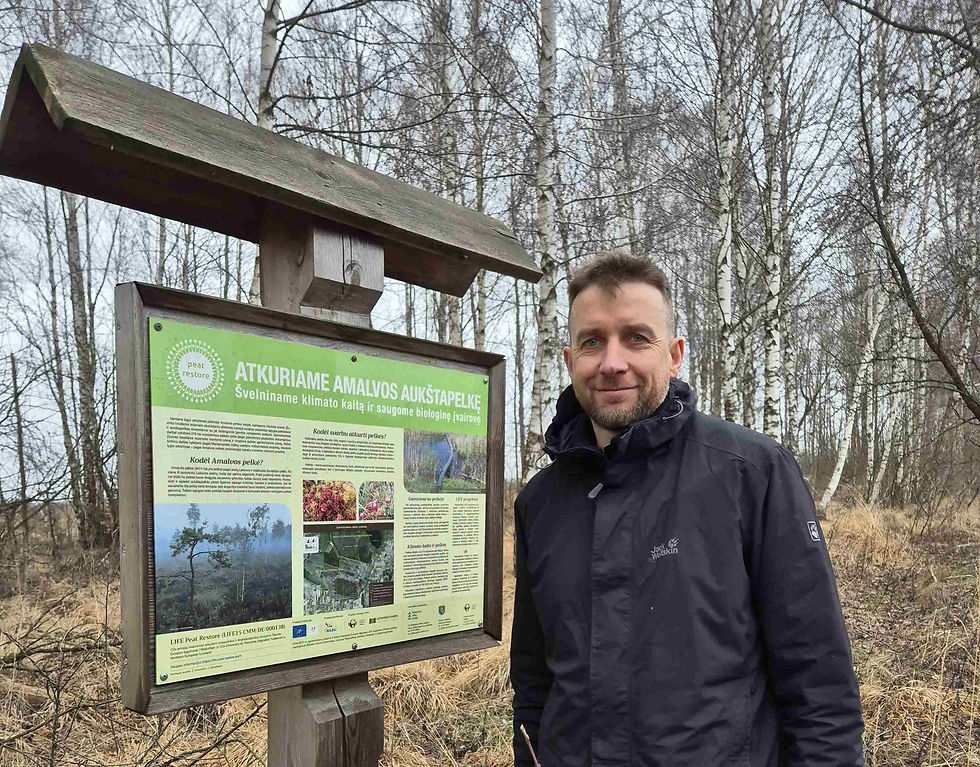


Comments